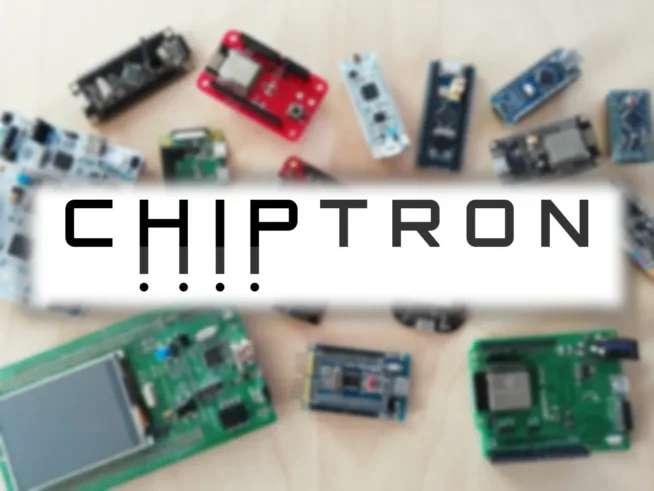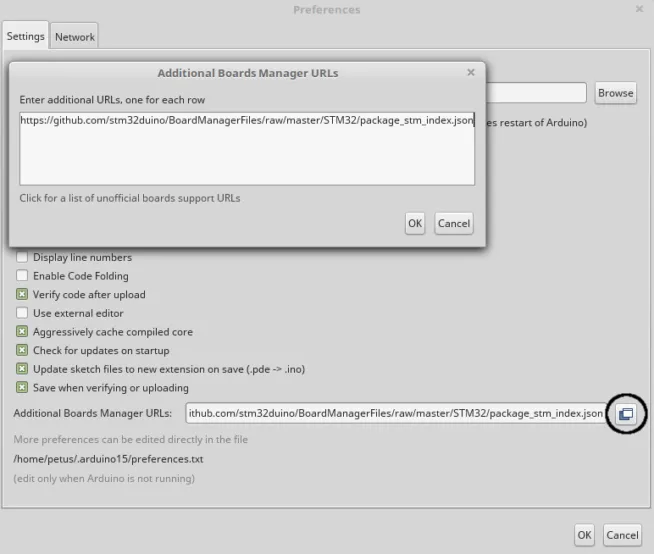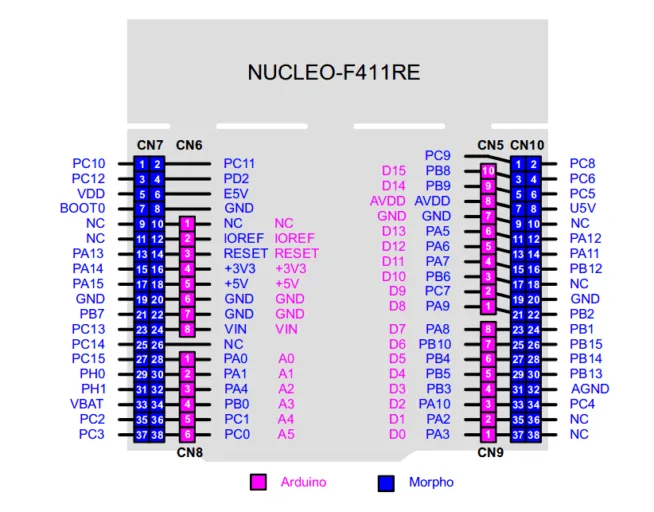STM32 Nucleo – this is a new name for development boards by ST Microelectronics. These development boards are available: NUCLEO-F103RB, NUCLEO-L152RE, NUCLEO-F401RE, NUCLEO-F030R8 (and NUCLEO-F072RB).
If you take notice, the microcontrollers are from F4, F1, F0 and L1 series. The development boards contain Arduino? connectivity. The Nucleo contain integrated ST-LINK (debugger and programmer).
You can program and debug the board in varied IDE and you can compile your program ONLINE at the website mbed.org.
The Nucleo STM32L152RE may be used in low power applications, The Nucleo STM32F030R8 is mainstream board and the Nucleo STM32F103RB may be used for high performance.
These development boards contain 2 button (User and Reset), 2 LEDs (green and red), connectors and debugger/programmer.
http://www.st.com/web/en/catalog/tools/FM116/SC959/SS1532/LN1847?icmp=ln1847_pron_pr-nucleo_feb2014
http://www.st.com/web/en/resource/technical/document/user_manual/DM00105823.pdf




